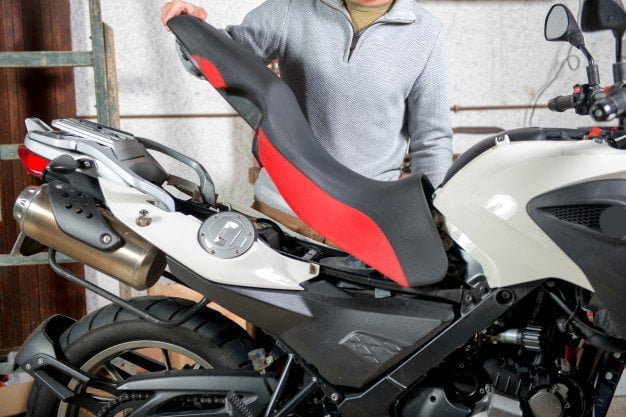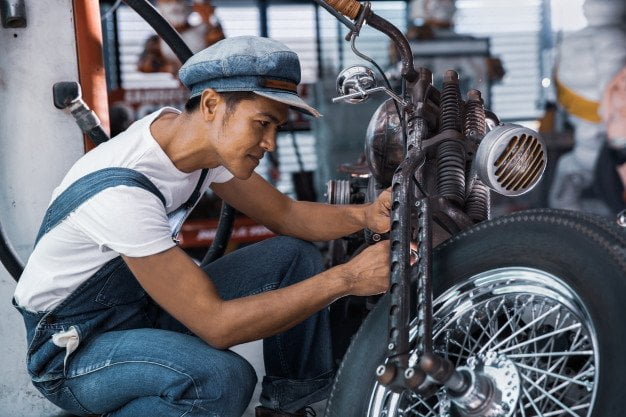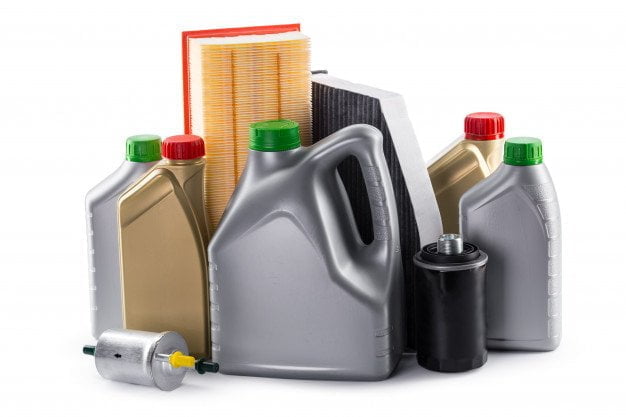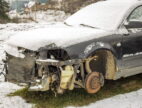Basic Motorcycle Maintenance Steps Everybody Should Take
by Abdul Aziz Mondal Automotive Published on: 11 December 2019 Last Updated on: 27 May 2025

Getting a motorcycle license involves applying for a learner license, undertaking a pre-learner course, and passing it before you’re issued with ‘L’ plates. You’ll then need to do a rider knowledge test and take a further test before getting your license permit.
Of course, you can’t upgrade this to a full license until after you’ve been riding for at least a year.
The good news regarding the amount of time this takes is not just that you should be safer on the road, it allows you to learn about motorcycle maintenance.
It doesn’t matter if you head straight to the KTM motorcycles in your local dealer, or the sports bikes, your dealer can’t do the daily maintenance tasks for you,
These are things you should be doing before every ride:
Tire Pressures

A motorcycle has only two wheels and these are shaped to allow traction even when you’re leaning heavily around a corner. However, this does mean that the entire surface area of your bike which is connected to the road is no bigger than a small envelope.
For this reason, you need to make sure your tire is the right pressure and in good condition.
Check your owner manual to find the right pressure and use a tread depth gauge to ensure the depth is right. This is what removes water from the tire and enables you to retain contact in wet conditions, maintain your tires properly is essential to your survival!
Oil
Just like a car engine your bike needs oil to lubricate all the parts. Without oil, the engine will seize up and that increases the risk of you being thrown off or crashing.
Fortunately, oil is very easy to check, simply remove the dipstick, clean it, and then dip it back in and out. You’ll be able to see how much oil is in the bike and whether it’s between the min and max.
If you can’t find the dipstick check your owner’s manual for where it is.
Chain Lube and Tightness
The chain is essential as it delivers power from the engine to the rear wheel. While some bikes are shaft driven or belt driven, the majority are still chain driven. However, chains do stretch. You need to know what your chain tension should be and check the tension regularly. You can adjust it at the back of the bike, you’ll see a small nut that allows you to increase or decrease the tension.
Check this regularly to ensure a smooth ride and no risk of chain slack, which can cause an accident when riding.
Brakes
Your brakes are essential although you shouldn’t be using them while cornering, this will cause the bike to ‘sit up’. The easiest way to test these is to simply use them and make sure you stop in a straight line. However, you should also check the brake level, they are hydraulic and work on the same principle as car brakes.
Additionally, every bike owner should consider purchasing a motorcycle cover, which is an incredibly helpful accessory. The cover provides a protective barrier against elements such as rain, dust, and debris, preventing moisture from seeping into delicate brake components and minimizing the accumulation of contaminants that can hinder their performance. By preserving the cleanliness and integrity of the brakes, a motorcycle cover contributes to safer and more efficient braking, ensuring the rider’s confidence and enhancing the overall riding experience. Additionally, the cover protects other intricate bike details, such as the seat, dashboard, controls, instrument panel, mirrors, and exhaust pipes, ensuring that they remain in excellent condition.
Fuel

Finally, check your fuel regularly, keeping it topped up will help to prevent debris getting sucked into your engine which can be an issue for the injectors and smooth power delivery.
Read Also:



































































































